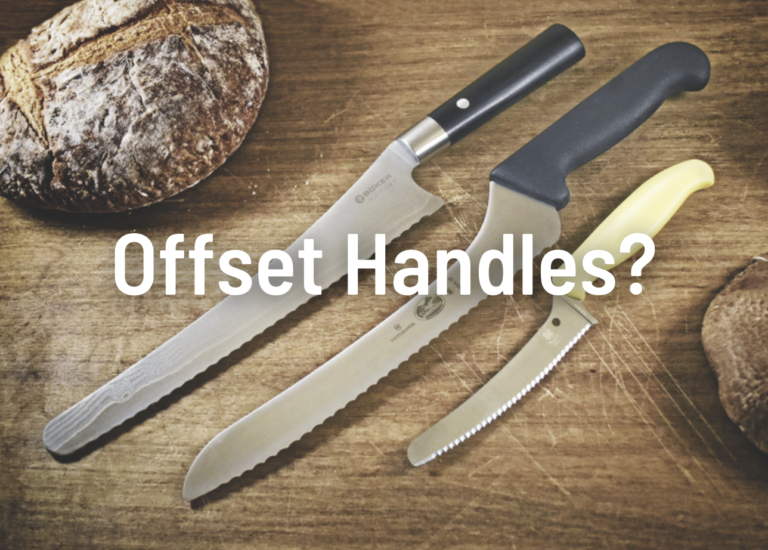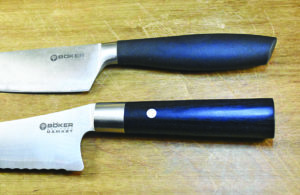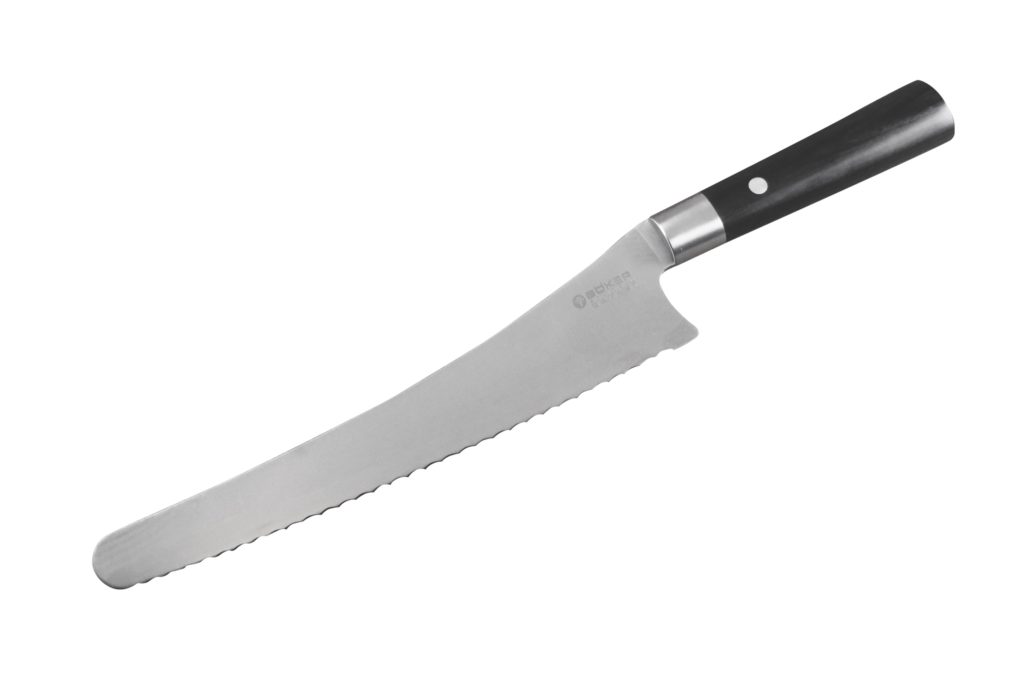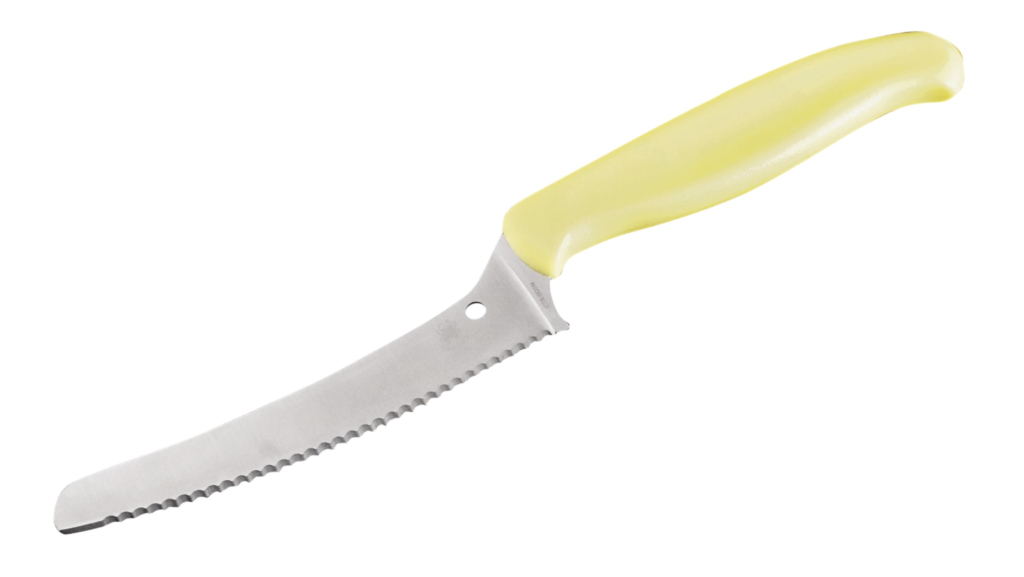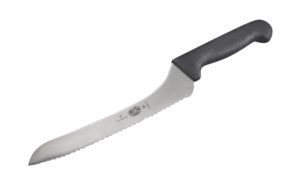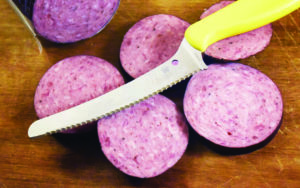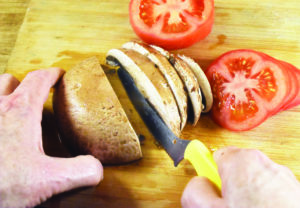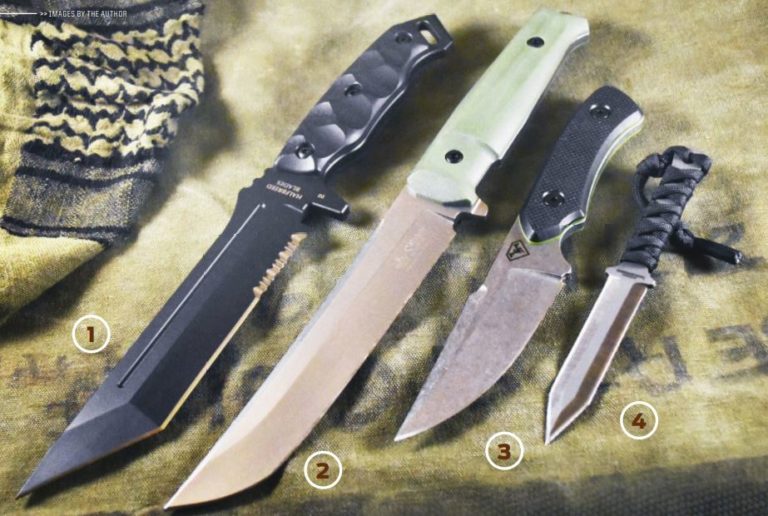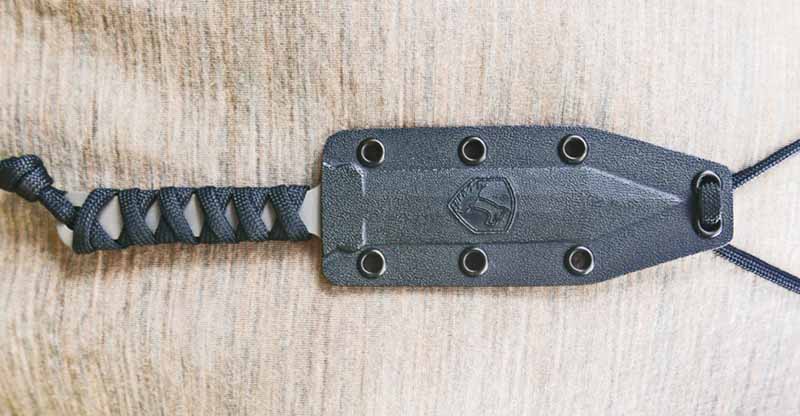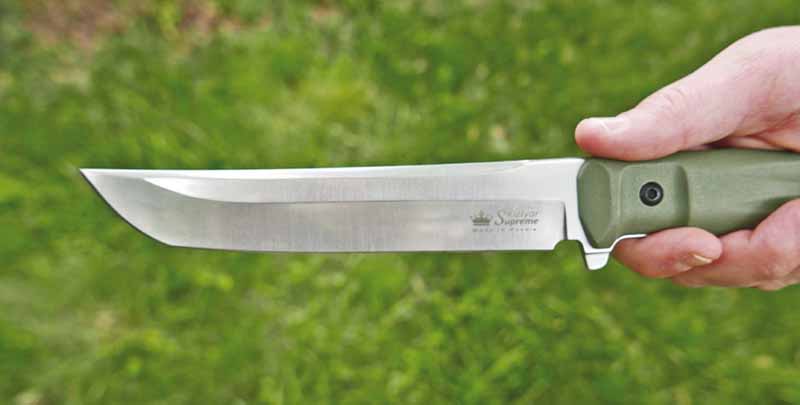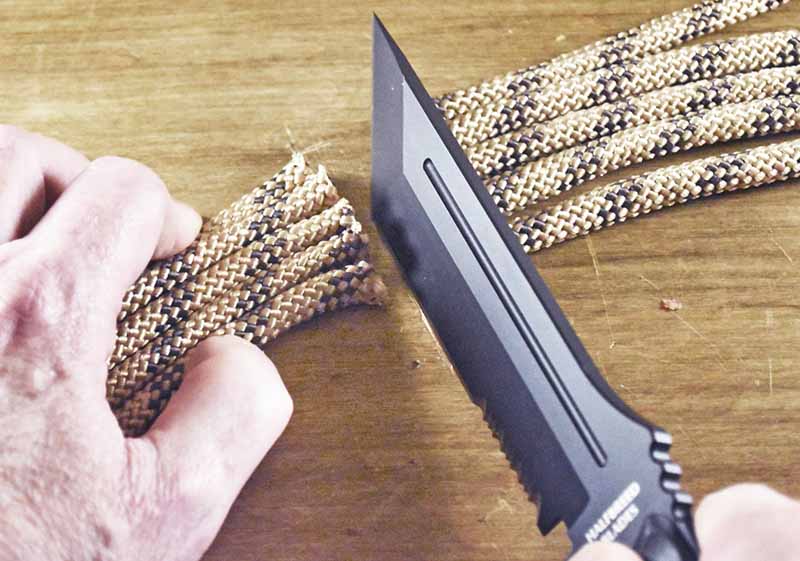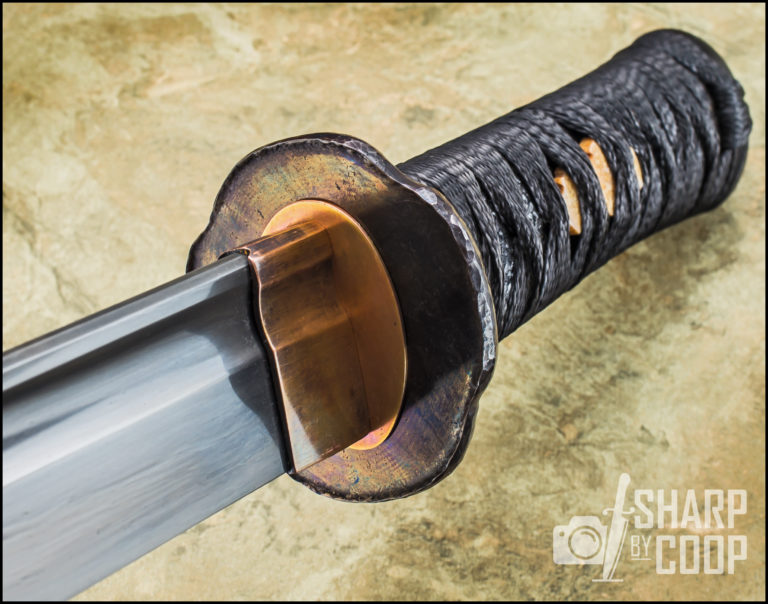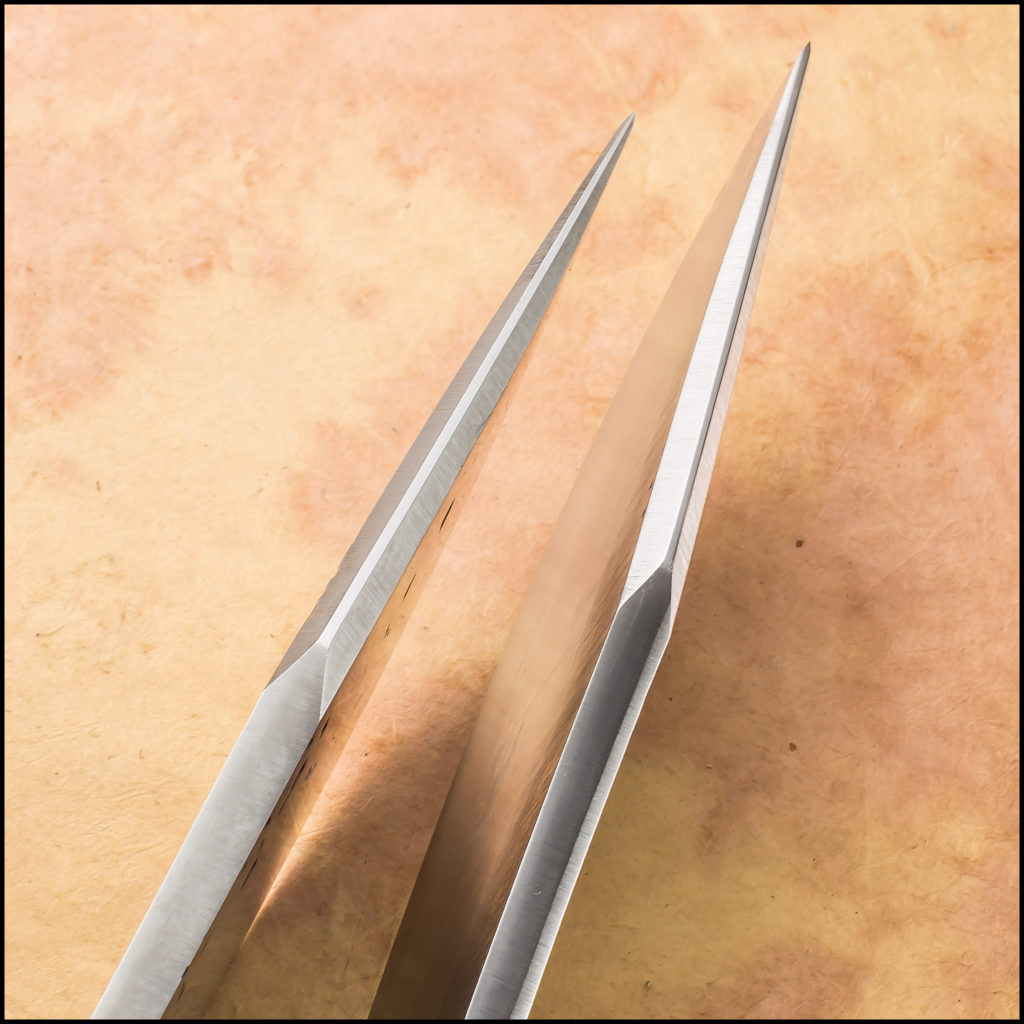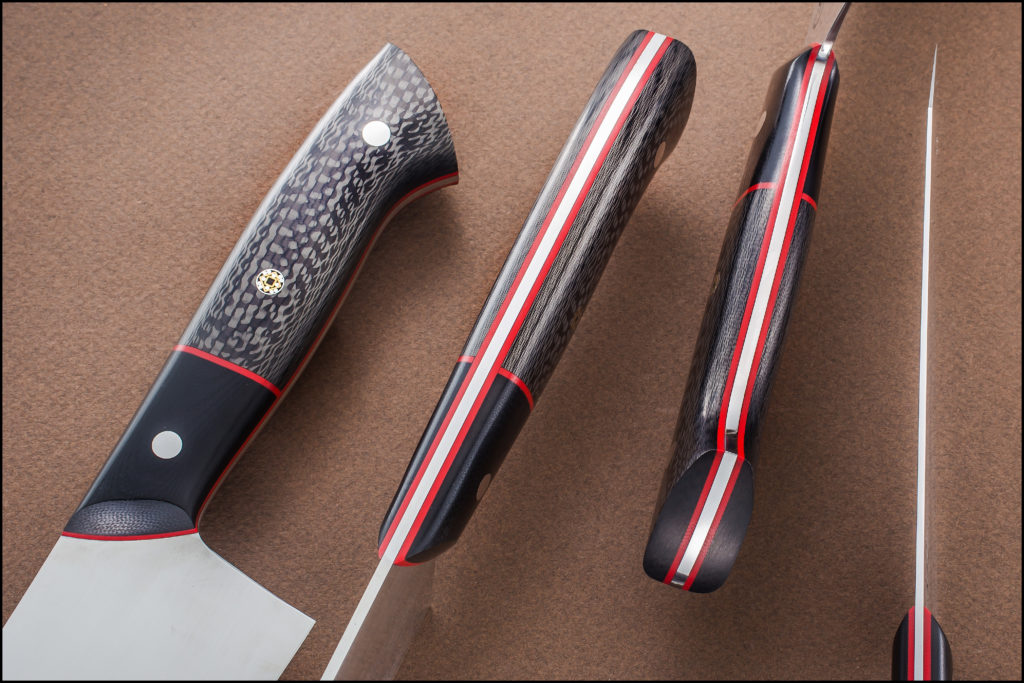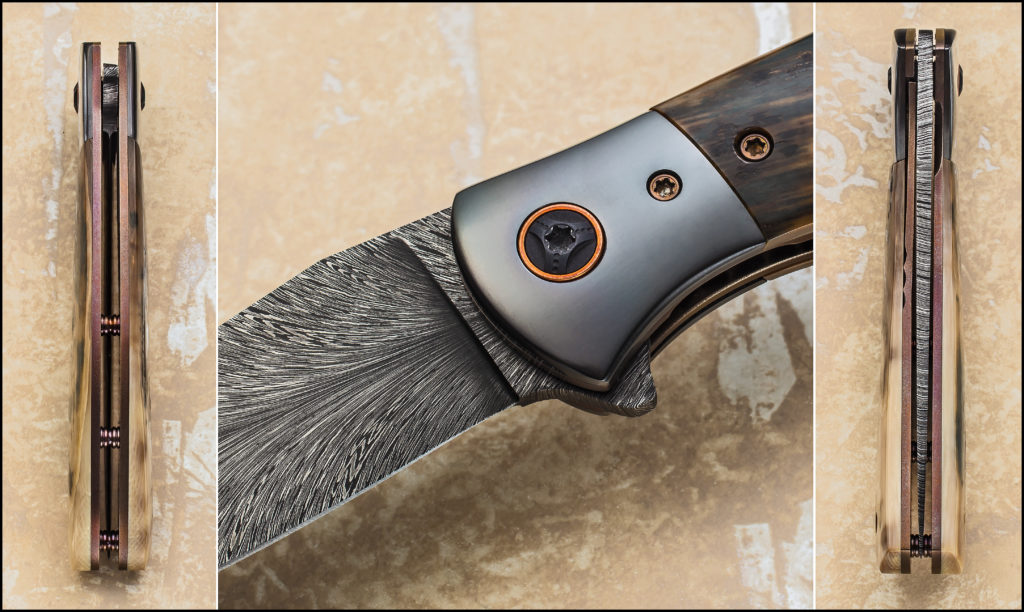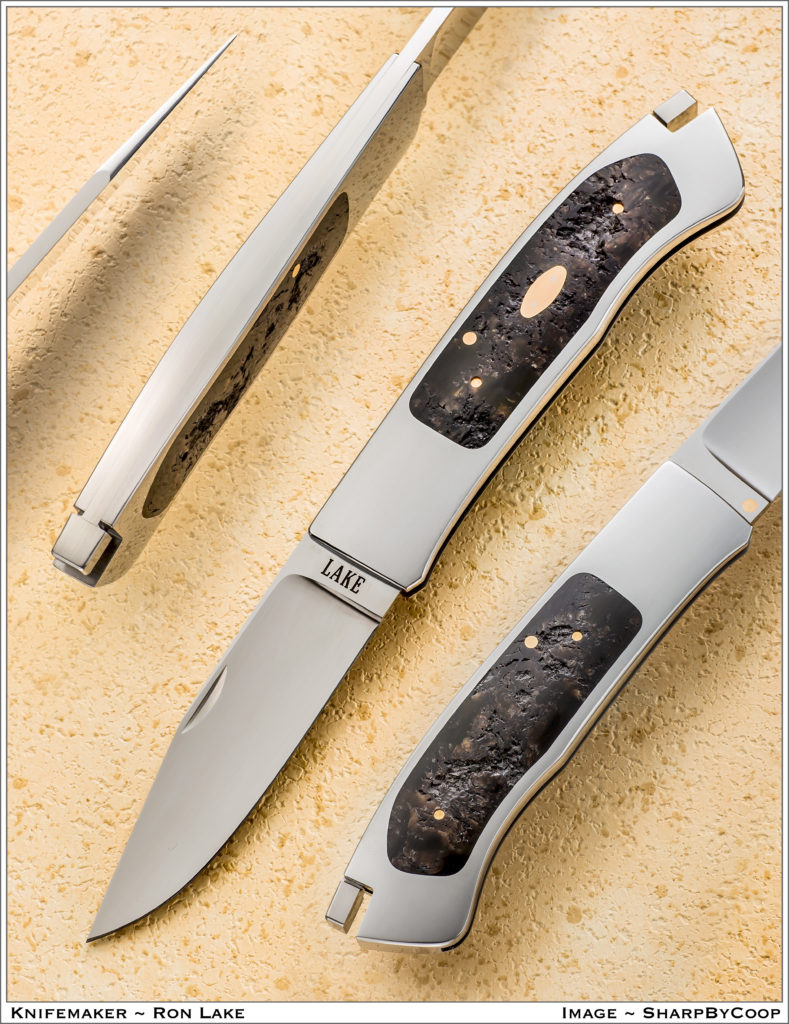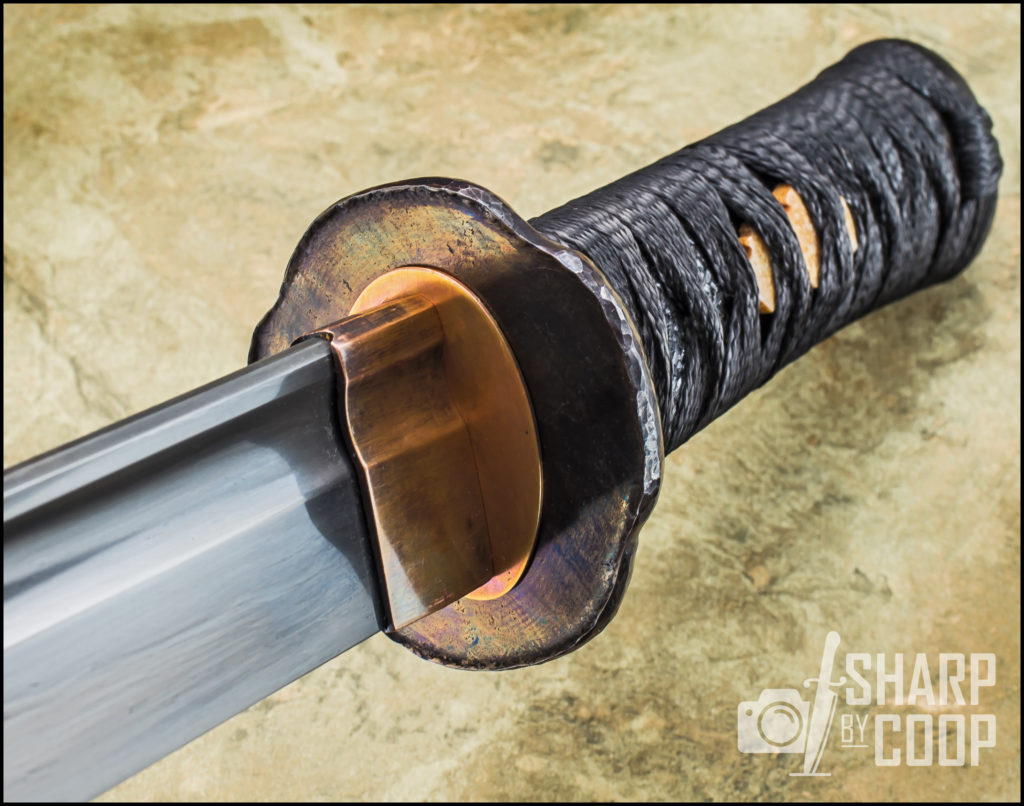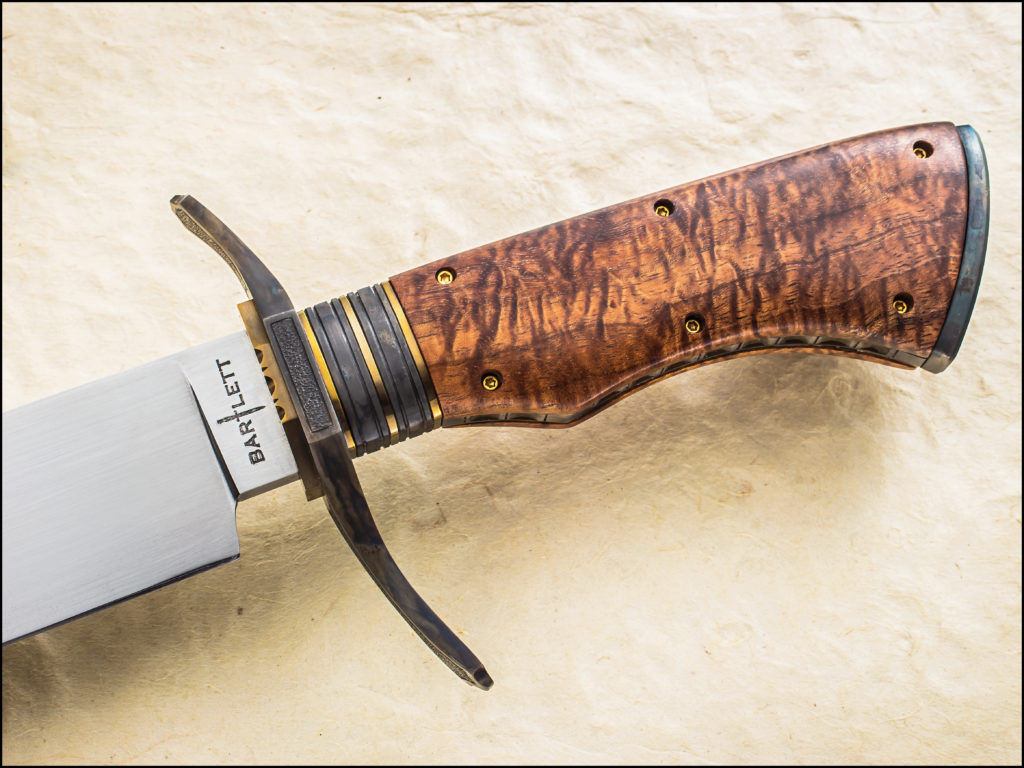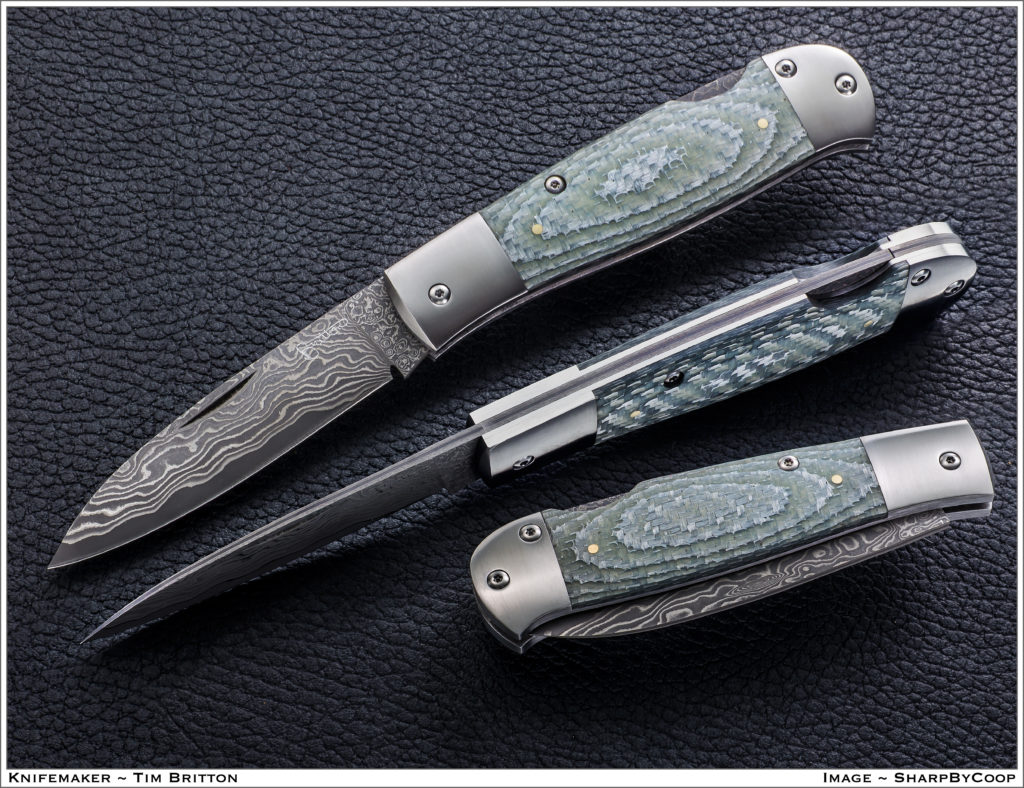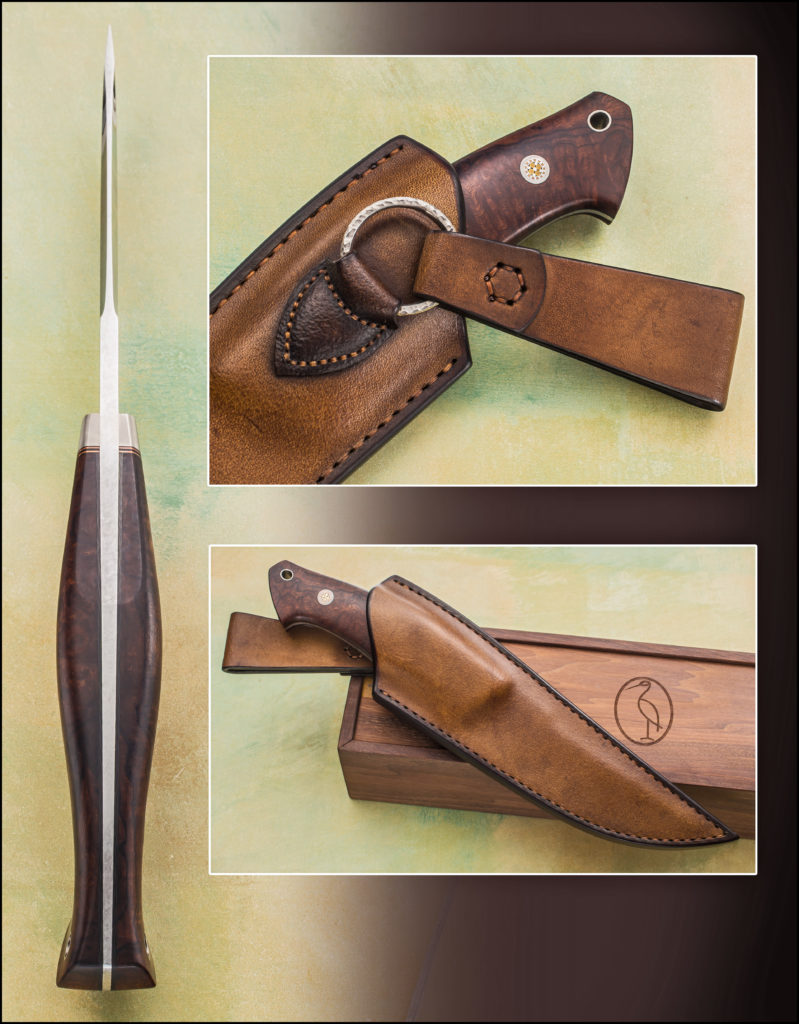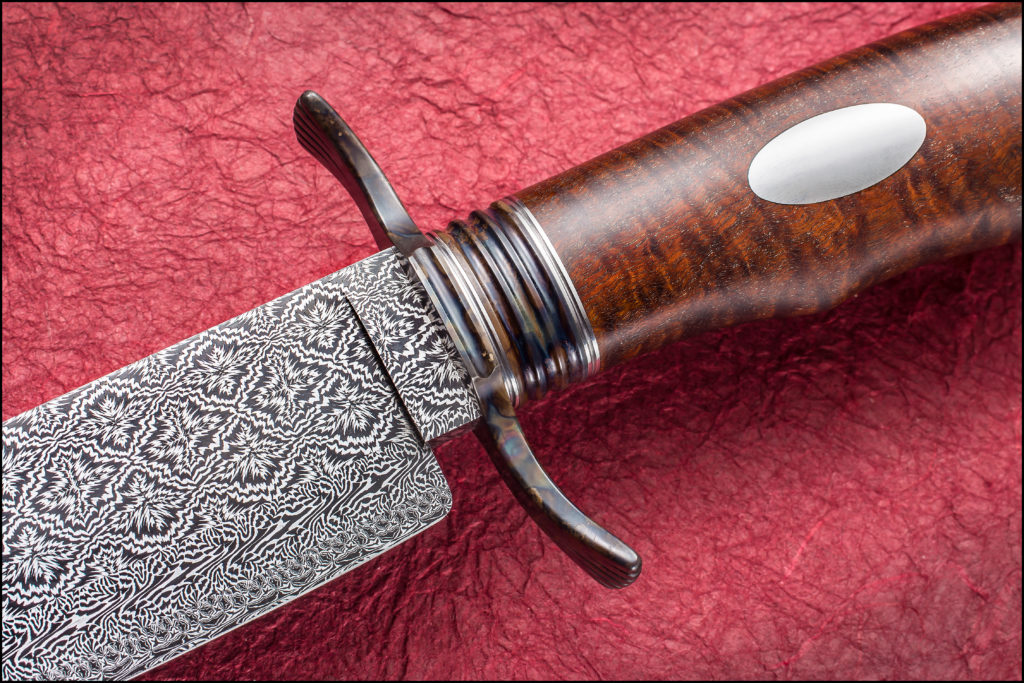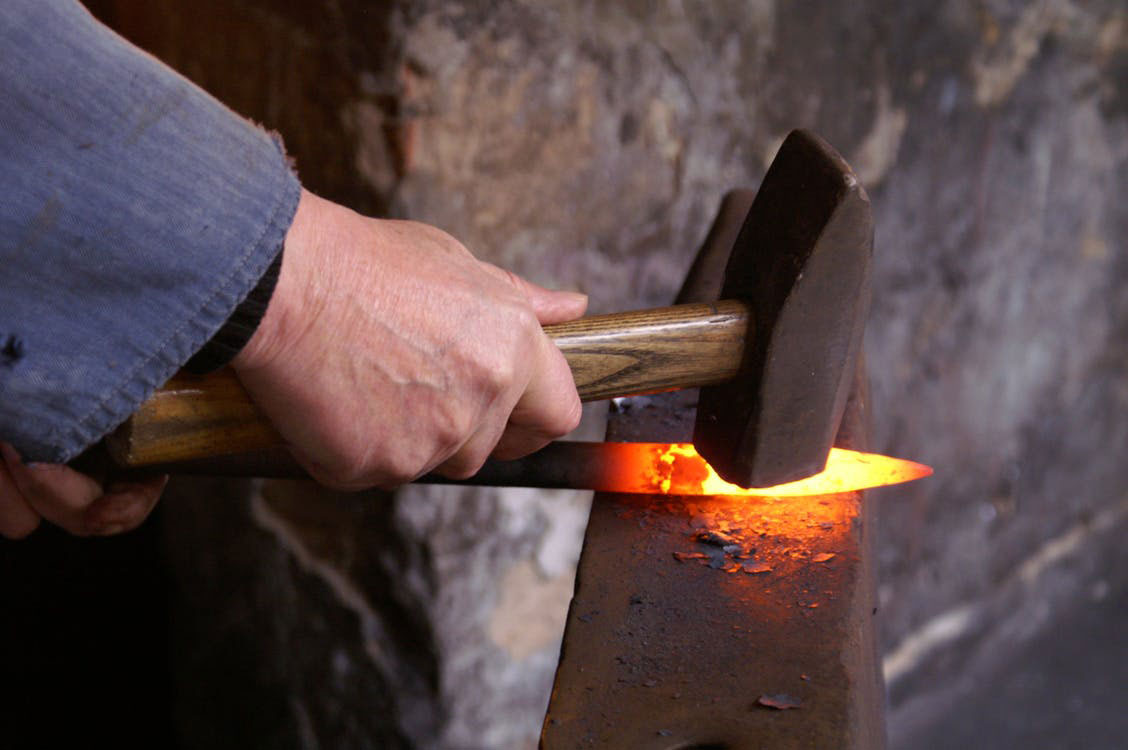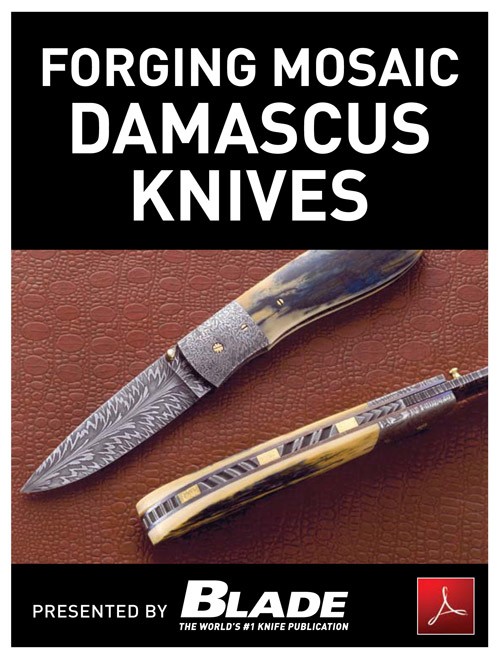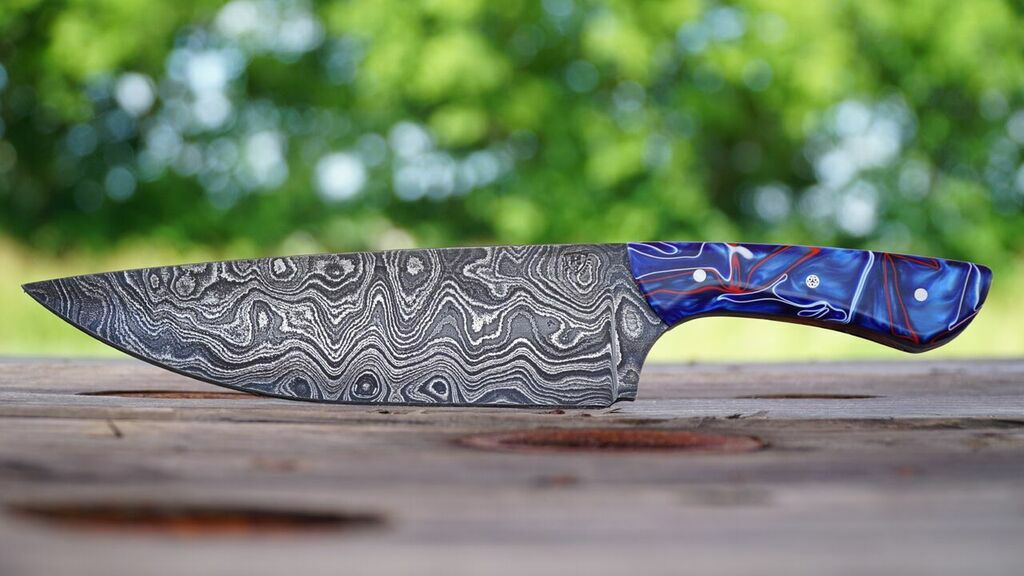A Good Multi-Tool Can Help You In A Pinch In Numerous Ways. This Quartet Of Tools Are Up To The Task Of Getting You Out Of A Bind.
Right off the bat, anyone who needs a multi-tool on a daily basis will face one huge question when making a purchase: How much multi-tool do I need? Options abound on the multi-faceted workhorses. Blades, pliers, shears, screwdrivers, wrenches, wire strippers/snips, files, cap lifters, can openers and the like are great to have when you need them.
The dilemma is weeding out what you do and don’t need, plus what size multi-tool you’re willing to carry. Alternatively, if you just need a multi-tool for the tool or glove box, the world is your oyster. Let’s test four diverse multi-tools that offer a wide variety of talents to help make your choice easier.
Boker Plus Specialist II

The Boker Plus Specialist II is a full-blown multi-tool with a load of tools. Like many of its type, it centers the workload around a beefy set of pliers. At the pliers’ base are a wire stripper and cutter. Tucked in the butterfly handles are a host of other tools including a knife, hex wrenches, bit driver with storage, glass breaker, file, ruler, wood saw, can opener, and bottle opener. At 10.13 ounces it’s the heaviest of the review multis, but then it also has the most extensive tool kit.
The Specialist II has a full-size pair of spring-loaded pliers with special cutting blades built into the base of the jaws—a sign that it’s serious about cutting wire and cord. I honed in on this feature by giving the cutters a go on some multi-strand computer cable, snipping off half-inch lengths.
The blades handled cutting the cable with ease as if it were an afterthought. The assortment of tools is admirable, especially the knife and saw blades that are large enough to do some serious work, a trait not always found on multis. The nylon belt sheath is a must-have on a multi-tool of the Specialist II’s weight. Kudos to Boker for including it.
MSRP: $89.95
Paul Chen Professional Multi-Tool

The Paul Chen Professional Multi-Tool from CAS Iberia is a large multi that, unlike many, centers around a stout pair of spring-loaded carbon steel shears that slide out on rails by pressing locking buttons on each side of the handle.
Once the shears are out the handles separate, giving easy access to the Professional’s other tools: knife and saw blades, fold-out pliers, small flat-head screwdriver/can opener combo, Phillips head screwdriver, and removable sharpening file. There’s a pocket clip on the back side.
The Professional surprised me with how stout it is considering its low price tag. The main feature is shears that have 1.5-inch blades of carbon steel. I gave these a run through various materials such as canvas and cardboard and they cut like a walk in the park, so I upped the ante with some quarter-inch lasso rope.
This is a very stiff, wax-impregnated rope that some blades aren’t particularly fond of. The hungry shears took off nice, clean lengths with little effort. This multi-tool is limited in scope with its tool selection—not surprising at its cost—but there are enough implements to get you by. The knife blade opens via a thumb stud and a linerlock secures it open. At 15 bucks you could buy several of these and sprinkle them in such places as the glovebox, tool drawer, and/or backpack.
MSRP: $15
CRKT Septimo

CRKT has never followed the pack with its multi-tool designs and the Septimo is no different. Based on a flat, compact 4.84 x 1.25 x .4-inch somewhat rectangular platform and at 4.4 ounces, the black-oxide-coated Septimo is roughly half the load of the larger test multis.
Notable is an adjustable wrench for tightening and loosening nuts and bolts. The tanto blade has a deep Veff serration at the base and secures open via a linerlock. Other tools include Phillips and flat-head screwdrivers, a glass breaker, and a bottle opener. It has a pocket clip for easy carry.
The Septimo is a very pocketable multi-tool with an inch of its total length dedicated to the adjustable wrench/glass breaker on one end. Though the Septimo’s handle is not as comfortable as that of a typical knife, the multi’s blade did the trick slicing two-layer corrugated cardboard, paracord, and even 3/8-inch rappelling rope.
I would have chosen a more utilitarian blade pattern like a sheepsfoot or drop point, but that’s me, and the tanto did more than enough to impress. The adjustable wrench can accept up to a half-inch bolt head. I gave it a twirl tightening and loosening a 3/8-inch bolt on a rock clamp I use doing lapidary work. The wrench did an excellent job. All in all, you’ll like the unorthodox yet effective Septimo.
MSRP: $56
SOG Flash MT

The SOG Flash MT multi-tool is a great companion to your SOG Flash AT folder, but don’t let that stop you should you prefer a different knife.
The Flash MT is a barebones seven-tool multi with an assisted-opening clip-point blade, full-size pliers, a wire cutter and stripper, a large combo flat-head screwdriver/bottle opener, and a small double-ended Phillips/flat-head screwdriver with a bit drive in the base. It is the only test multi-tool in which the main body is designed specifically as a conventional knife handle.
The Flash MT has an asymmetrical handle design in that one half of the butterfly grip is slim, holding only the small bits in a foldout cyan holder, while the other grip is packed with tools. The blade did a good job cutting paracord and rappelling rope.
The wire cutter/stripper handled its chores well—not a surprise as SOG is well known for making some serious multi-tools. Using the main body of the handle with just the blade for cutting was very comfortable, with only the pocket clip feeling a tad out of place if you’re right-handed like me.
That said, the back-side clip is right at home; in fact, it’s no different from carrying a mid-sized EDC folder. This is a well-designed multi that deserves your consideration.
MSRP: $69.95
The review multi-tools provide many choices in size and tool selection. You can go big with the Boker Plus and Paul Chen multis or lighten the load with the CRKT and SOG models. Pick prudently and you’ll have a workmate worthy of your daily workload.
Read More
- First Look: SOG Camp Axe
- First Look: Gerber Fuse
- How To Create A Custom Swiss Army Knife












